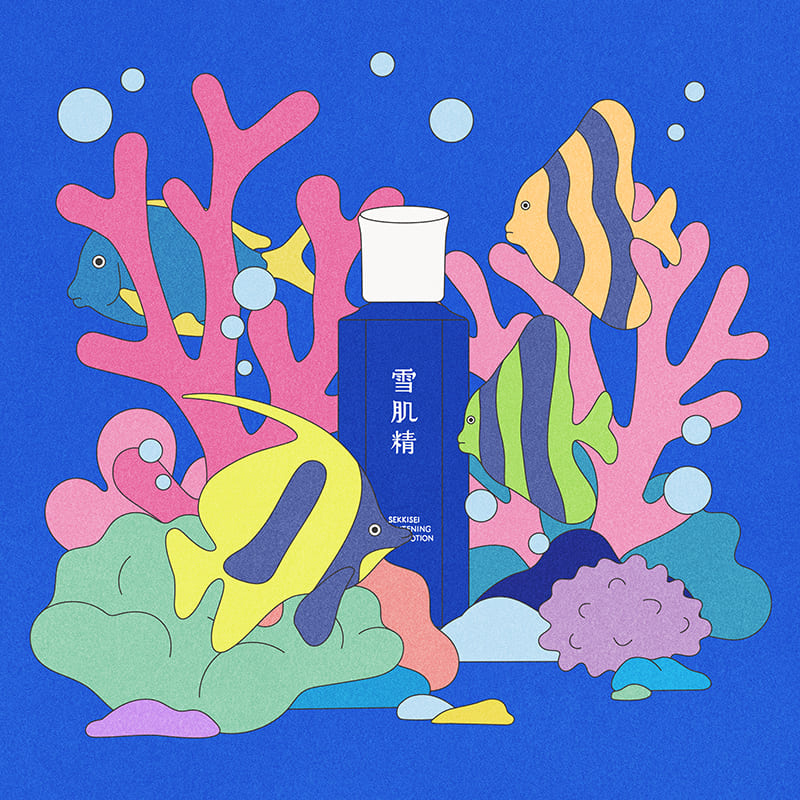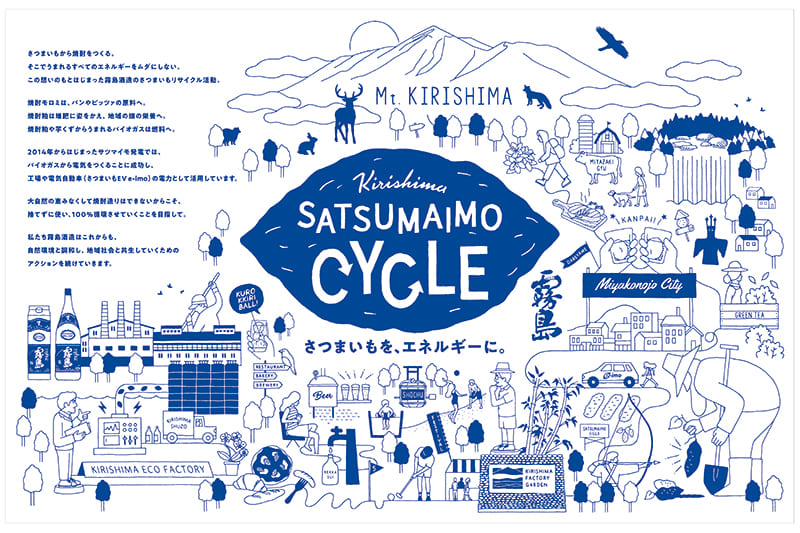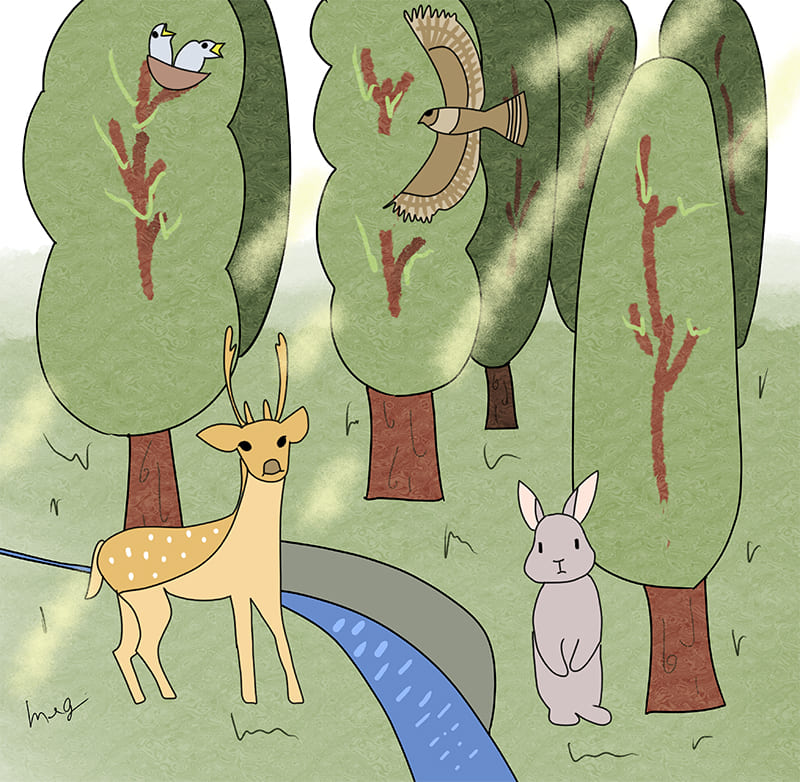March 25, 2022
Saving Japanese paper with vegetable scraps
PAPER
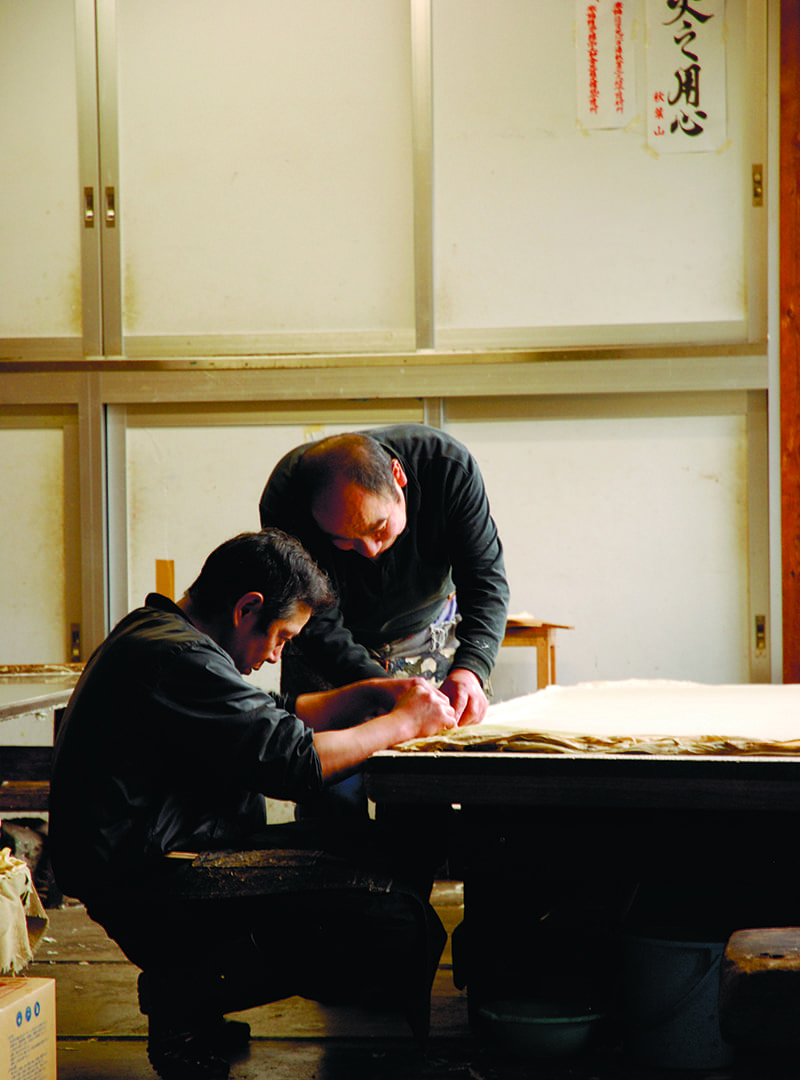
Making Japanese paper, or washi, has a history dating back over 1,400 years. Theories about its origins vary, but the Fukui Prefecture city of Echizen, known for Echizen washi, is thought to have been making it the longest. One of the city’s oldest extant papermakers is Igarashi Seishi, which was founded in 1919. We spoke to Masami Igarashi, the company’s craftsperson.
The main raw material for Japanese paper is the inner bark from plants such as the paper mulberry bush, kōzo; the Oriental paper bush, mitsumata; and ganpi shrubs. First the bark is boiled, rinsed and cleaned to remove small impurities. Then the resulting fibers are beaten into small pieces and mixed with water and a starchy material called neri from the roots of sunset hibiscus plants (tororo aoi). In a process called kamisuki (paper straining), the mixture is scooped onto a framed screen and sloshed around evenly as the water drains, leaving a smooth layer of fine fibers. After pressure is applied to remove further moisture, the fibers are dried to make washi.
Traditionally, the main uses of Japanese paper were in wallpaper and fusuma, the wood-and-paper dividers used in traditional rooms. But since demand for Japanese-style rooms has declined, washi’s main products nowadays are small items such as wrapping paper for sweets or business cards, in addition to special orders for high-strength paper from visual artists overseas. On top of decreased demand, the washi industry faces challenges such as a lack of skilled younger craftspeople to carry on the work.
“As the number of businesses making Japanese paper declines, so too do those making the specialist frames and tools. And as more offices have gone paperless, this decline has extended not just to Japanese paper, but across the paper industry in general,” Igarashi said. “In addition, the production of raw materials such as mulberry and sunset hibiscus has continued to decline, putting the viability of the entire Japanese paper industry at risk.”
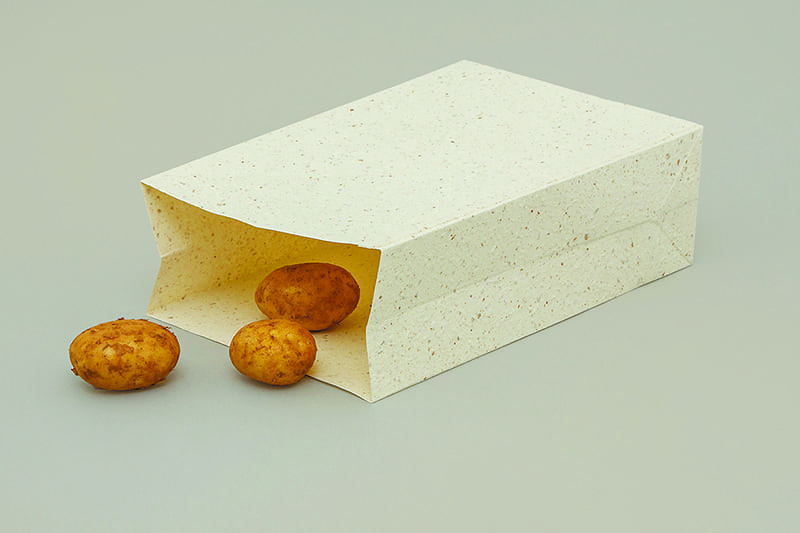
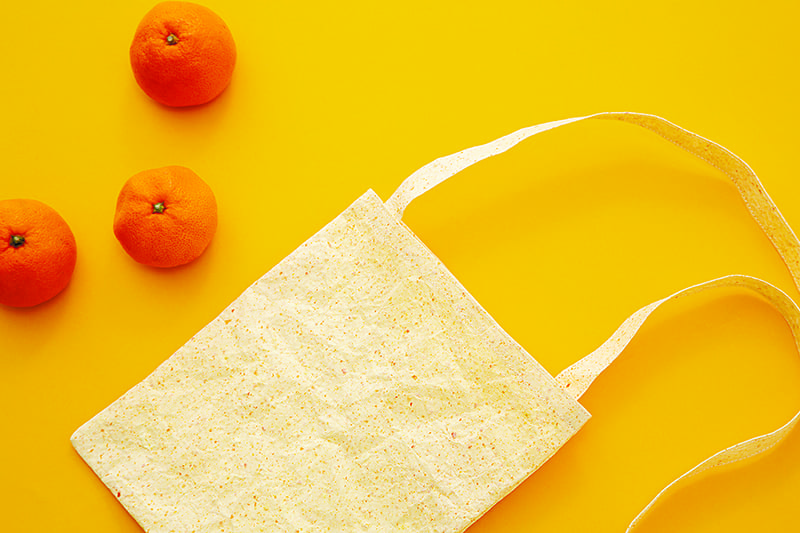
Food Paper is a stationery brand by Igarashi Seishi that uses paper made from vegetable and fruit scraps. Popular products in the lineup include bags that can be used to store vegetables. The paper has a unique texture that is different to both Western and Japanese paper. | COURTESY: IGRASHI SEISHI
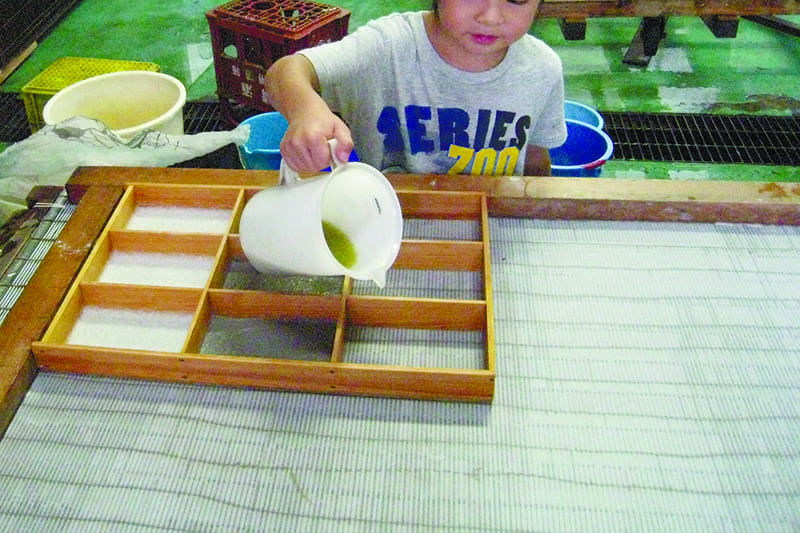
In these trying circumstances, Igarashi Seishi has developed an intriguing new product: Food Paper, made using fibers from vegetable and fruit scraps. Its inventor was Igarashi’s son. “My second son, Yuto, had this project he continued for five years from fourth grade of elementary school in which he made paper using common foods,” Igarashi said. “He’d try boiled bamboo shoots or banana peel and then report on his findings.” In the midst of dealing with shortages of raw materials, the company decided to collaborate with a designer to commercialize the idea.
The raw materials used in Food Paper are vegetable and fruit scraps that would normally be discarded. Since the color and texture changes depending on the ingredients used, the company has been able to create a range of novel products such as stationery and accessories. “We’re using the kinds of food scraps that are usually discarded in large quantities. We also add in seasonal ingredients to our lineup, as we like the idea of the products giving people a sense of the season,” Igara
Since paper is made from plants, it dissolves in water. In the Edo Period, there were businesses that recycled paper — collecting used paper, breaking it down to its fibers and then remaking it as toilet paper. Also, when paper is made into a product it is cut to shape, and the off-cuts can be reused as raw material. The entire process is sustainable; even the fibers removed as impurities are usable in special paper products. And now with Food Paper, this ecologically responsible industry can even help with food recycling — and that might just help it survive the present age.
廃棄される野菜からつくる和紙FOOD PAPER
福井県越前市は、「越前和紙」として全国的に有名な和紙の産地として知られる。1919年創業、100年以上の歴史をもつ五十嵐製紙は現在もこの地で和紙をつくり続けている。工芸士の五十嵐匡美氏に話を聞いた。
「和紙の製紙会社は年々減少し、ペーパーレス化などの影響も伴って製紙市場全体が縮小しているのが現状です。加えて原料となる植物の生産量も減少し続け、和紙の生産自体が危ぶまれています」。
こうした状況のなか、従来の和紙の原料の代わりに、廃棄される野菜や果物の繊維を用いたブランド「Food Paper」が誕生した。発案者は五十嵐の息子で、元は自由研究から生まれたアイデアだった。現在は文具や小物など多様なプロダクトに展開されている。
和紙はすべて植物が原料で、水にさらすだけで溶けるほか、製品の切れ端は原料として再利用が可能など、すべての生産過程がサスティナブルだ。廃棄食品を使ったFood Paperは、そうした和紙の歴史の最先端をいく現代にふさわしいプロダクトだ。
Return to Sustainable Japan Magazine Vol. 10 article list page

